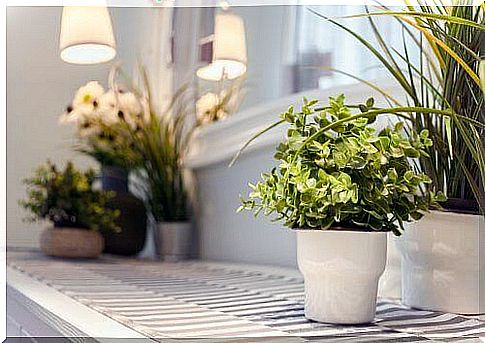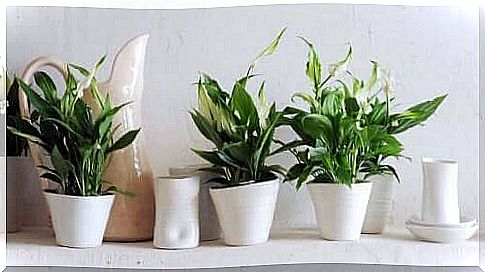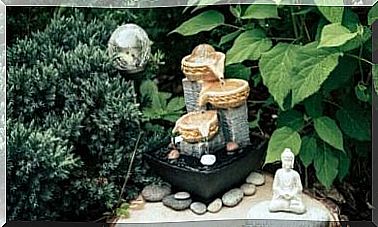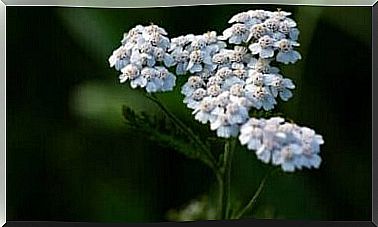9 Tips For Caring For Indoor Plants

Indoor plants require special care. Plant type, light, irrigation and temperature are all factors to consider. If just one of these factors is not present, not sufficient or too much, your plants will wither and they may die. Therefore, it is important to know the proper care of indoor plants.
When plants die, it is almost always not because of poor care, but because their needs are not known. A nice and comfortable environment for a human may not be the best environment for a plant.
Basic tips for caring for indoor plants
First of all, these are good tips to keep in mind:
It is important to choose the right kind of plant
There are certain species of indoor plants that need very specific care and environments, while there are others that thrive with minimal attention.
When buying plants, it is important to find out what environmental conditions they need. Then you can decide if you can give the plant the appropriate environment.
All plants require sunlight
Indoor plants with dark leaves and ferns need less light. If they do not get enough light, they immediately begin to suffer. The leaves turn yellow and the stems become abnormally long. The plant becomes stressed and loses its vitality.
For all these reasons, it is necessary to observe how the plant reacts and adapts to its location. If it does not receive enough light, move it.
Also read: Do plants in the home make you healthier?
Remember all environmental conditions
Keeping a plant at the right temperature is also very important. Sudden temperature changes can damage them. It is also best not to place them close to sources of heat or cold.
In addition, overwatering is another key element. The most common cause of an indoor plant withering is due to excess water. The earth can tell you if there is too much or too little water. It should be moist but not soaked or muddy.
The temperature in the environment also affects the plant’s water needs. If the air is drier than normal, the plant will require more moisture. In these cases, regularly moisten the leaves with a spray bottle. This will be a great benefit to the plant.
Watering the plant

- You can water and plant from below. To do this, place the pot in water for a few minutes. This allows the plant to absorb the required amount of water it needs.
- The best flower pots for indoor plants are clay pots. These are permeable and favor growth. However, plastic pots can also be used.
- When the tray or bowl under the pot has water in it, empty it. This water is excess water that the plant no longer needs. You can also fill these bowls with stones or gravel so that the bottom of the pot does not touch the wastewater.
Also read: 8 houseplants that clean the air in your home
Care of indoor plants: Soil, roots and leaves
- In the case of transplanted and grafted plants, observe their growth well. You want to prevent roots from getting too tight and rolling up the pot because this robs the roots of air.
- When transplanting plants, it is a good time to replace the soil. Some plants require soil with certain properties or nutrients, so you need to be familiar with what kind of soil your plant needs.
- Keep the leaves clean. This helps keep the plant healthy. Indoor plant leaves get easily soiled with dust. To clean them, rub them with a cloth dampened in a few drops of glycerin. Glycerin helps prevent dust from sticking to the leaves and makes the leaves shine.
- Compost is very beneficial to plants, especially when they have spent most of their lives in the same soil. The soil can become poor, which depletes the plants’ much-needed nutrients. As the plant grows and blooms, it needs more food and nutrients.
- Pay attention to fungi and pests. Indoor plants can also get sick from pests. You need to pay attention to spots on the leaves that indicate the presence of pests. If you think there are pests affecting your plant, it is best to consult a specialist.
Plants not only contribute to the decoration of our home, but they also provide oxygen and hydration. For a healthy and flowering plant, it is necessary to keep them under optimal conditions with care tailored to their specific needs.









